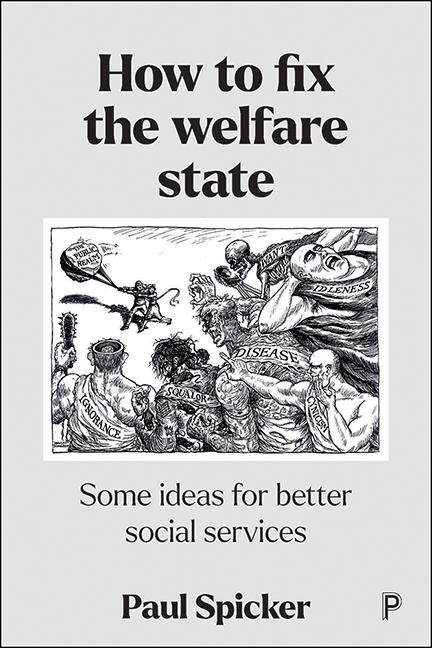Book contents
8 - Employment services
Published online by Cambridge University Press: 15 September 2022
Summary
The employment services sit rather uncomfortably between two opposed understandings about what a welfare state should do about unemployment. One of those is structural: employment and unemployment are determined by the state and structure of the economy. Beveridge identified a range of factors which contributed to unemployment: some was seasonal, some casual, some ‘frictional’ – the delay in moving to new work; but much was cyclical, depending on the general state of the economy. Full employment was presented, in the Beveridge report, as one of its key ‘assumptions’ – a policy that was necessary if the rest of the scheme was to work. At the time, there were grounds for confidence that unemployment could be dealt with. Governments knew, thanks to the ideas of John Maynard Keynes, what they needed to do to secure full employment, and it worked. In a White Paper in 1944, the wartime coalition committed the governments that would come after them to do so. Britain had full employment, more or less, for the best part of twenty-five years after the war. Governments eventually abandoned the policies which had brought that about because they felt that other economic objectives – growth, inflation and the creation of a ‘flexible’ economy – were more important.
The other main approach is individualistic: employment and unemployment depended on the actions and choices of the people affected. That attitude was prevalent in the nineteenth and early twentieth centuries, but it was substantially discredited by the experience of mass unemployment between the wars. It was to resurface despite the resurgence of mass unemployment in the 1980s, and much of the effort to deal with unemployment has been directed at the choices and behaviour of unemployed people. The trend was reinforced by the Labour government, which in 2002 changed the name of the Department of Social Security to Work and Pensions, brought employment services into the same ministry in the form of ‘Jobcentre Plus’, and subsequently introduced ‘welfare reform’ intended to spur people into work.
In the course of the last fifty years, there has been a bewildering range of initiatives and programmes, often short-lived, intended to improve the situation of people who are unemployed.
- Type
- Chapter
- Information
- How to Fix the Welfare StateSome Ideas for Better Social Services, pp. 94 - 107Publisher: Bristol University PressPrint publication year: 2022



